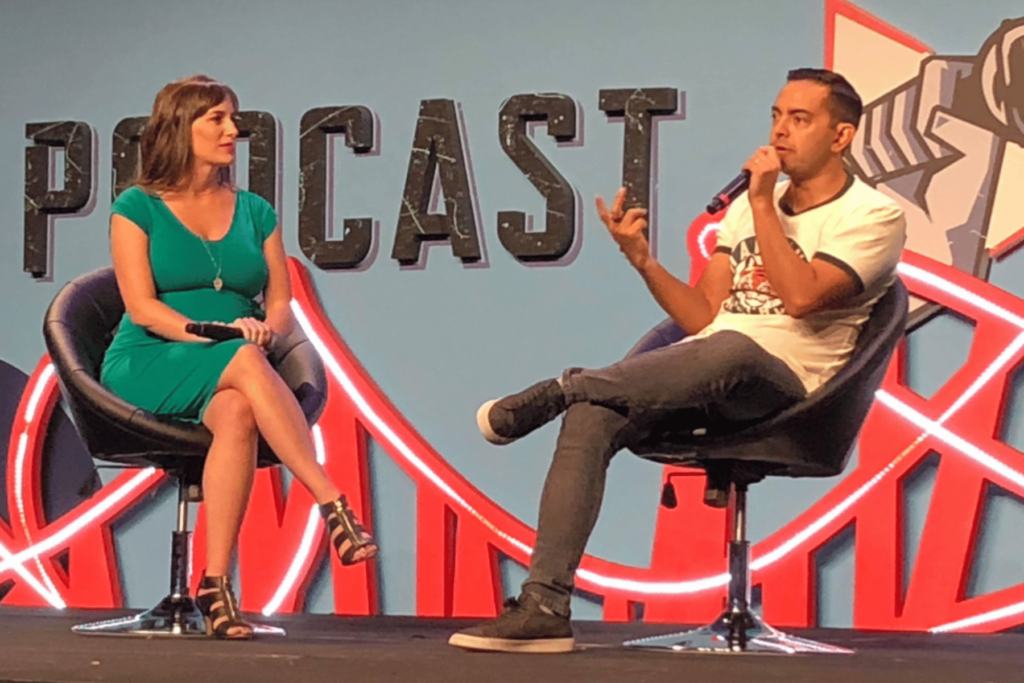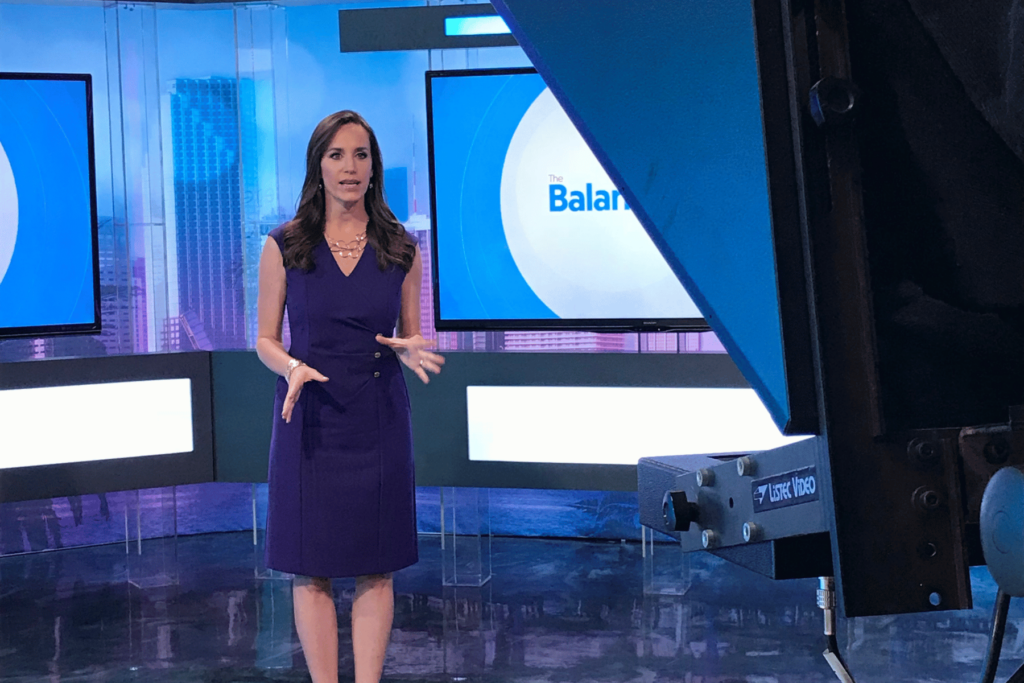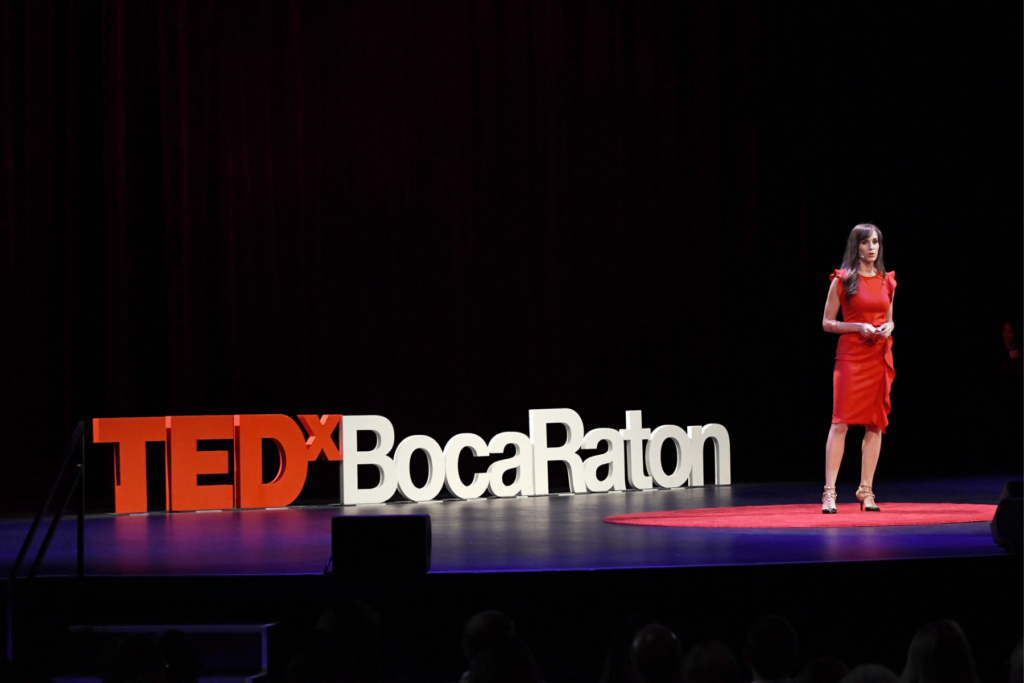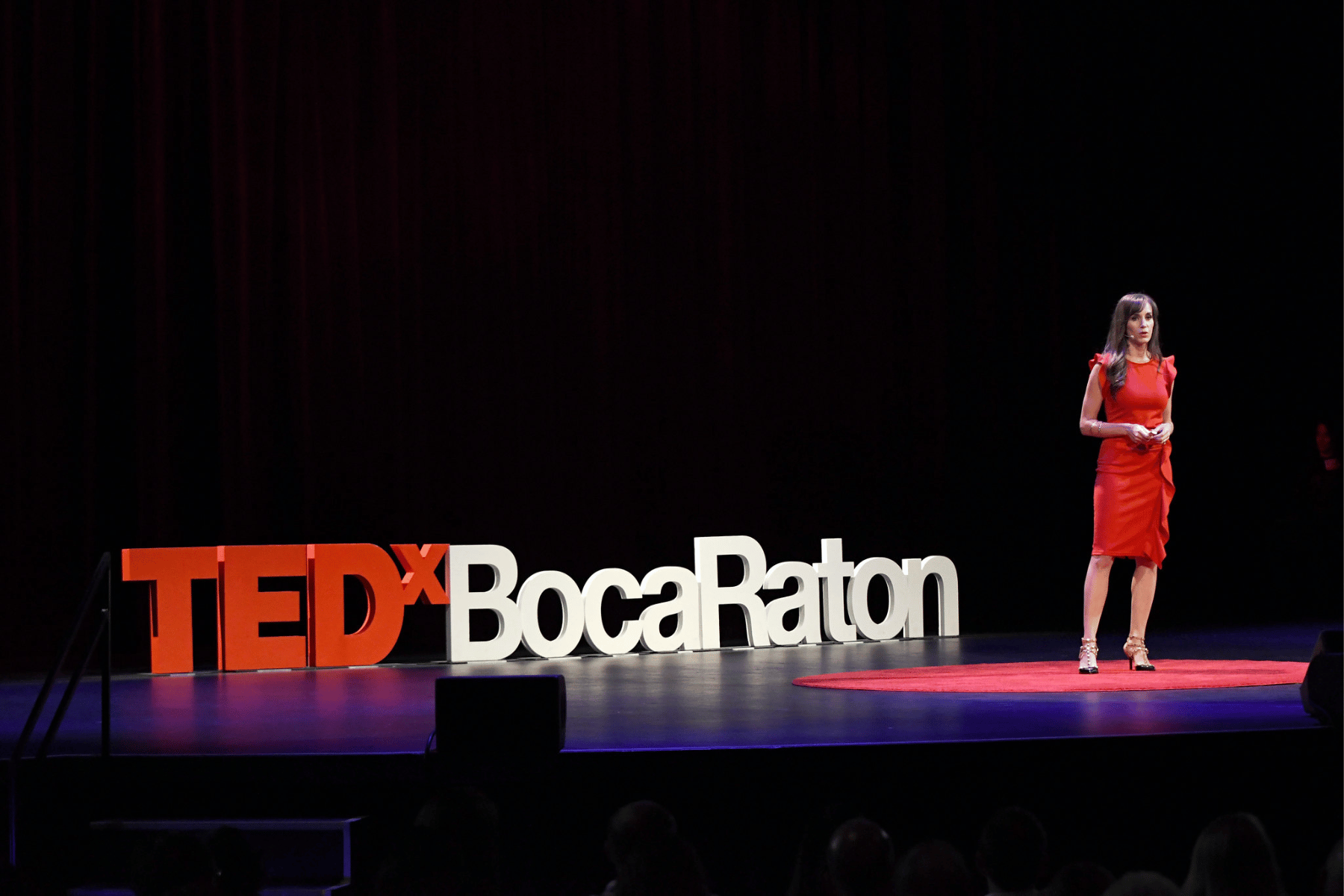The welcome speech is the spine of any corporate event. It pulls or repels the audience to tune in or run away before any special events start. These opening remarks are what sets the tone for your special guests.
Here, learn the best practices to make your welcome speech, or future welcome speeches, for any corporate event successful. This guide will also work if you’re a special guest somewhere for a special occasion.
Below, you will see a sample speech written under headers. Those headers serve as a guide on the order of what to say and when to say it. I did all the hard work for you so you can use this as a template.
Then, I’ll share even more beyond the best welcome speeches and get into becoming a better public speaker and what it can do for you, your brand, and your business.
But first, here is a link to one of my most talked-about speeches titled Fake News: It’s Your Fault.
Sample Welcome Speech for a Corporate Event
Don’t know where to start on a welcome speech that impresses your listeners? Use the welcome speech guide below and tweak it to make it your own to ensure you start off on the right foot and with the right tone.
This is written in a more formal language that I use personally, but feel free to take it and turn it into its own. For the sake of making the main points in a short speech, I threw in a variety of examples. So, if you’re speaking to church members, your best students, or at an annual group meeting, keep that in mind as you read.
Start with a Salutation
A very pleasant good morning friends, good afternoon gentlemen, or good evening ladies to one and all,
Welcome Speech Introduction
Thank you for being with us today. From our oldest members who’ve been diligently supporting us since the beginning as well as every new face to our 7th annual get-together, we extend a very warm welcome.
Show Appreciation
On behalf of my staff members, I sincerely thank and acknowledge every one of you who extended help to us for making this event a grand success.
(Include names of who want to thank.)
Trust us, all of this would’ve been just a dream if not for your hard work and immense support.
The Theme of the Event
Today, I would like to point your attention to our fresh faces in the volunteer category who are part of our Sunday service (include a date).
You are here today because we share a mutual passion. We are asking for your support and contributions to our organization to realize (specify the vision/mission of the company/association/firm).
We grow and scale successfully only with your dedication toward individual and group goals. You are an integral part of our success story and we need you as much as you need us.
In the coming months, you will learn and practice initiative programs via seminars and exclusive events designed to enhance your hands-on experience and professional skills.
The Conclusion
Lastly, without taking too much more of your time and without further ado, I call (insert the name of the first speaker) to introduce himself/herself to you as well as elaborate on the core details of ongoing and upcoming projects and contracts.
If you’re on the veranda, don’t hesitate to hit me up with a ‘Hi’ if you have any doubts. You’re all most welcome here (insert company name or a church name, for example).

Speaking on the main stage with Pat Flynn at Podcast Movement, 2019
5 Speech Writing and Giving Tips
This short welcome speech sample will help you create your own great welcome speech for the start of any special event.
What you just read is suited for formal events. When planning, it’s a good idea to have an overview of the event to determine if it’s a very formal event or if it’s laid back with more familiar faces.
You also need to know who will be there – new volunteers, new members, a chief guest, government officials, young children, etc. This way, you will keep in mind the different initiatives.
1. Outline the structure.
Obviously, this post is helpful in creating a structure, but I invite you to use what’s written above as an outline. Think of it as a helpful way to show what order to put things in. Then you can fill in the details, like a speech template for a welcome message or warm greeting.
When you’re doing this, remember the purpose of your speech as well as the tone of the event.
2. Flesh out the main ideas in your outline.
The main body of your speech is going to be different for every event and audience. Again, the example above is very formal.
Feel free to crack a joke or tell a story. (Jokes aren’t just for informal events!) Storytelling is what keeps people interested and it’s what they remember most in a speech. So, while you’re brainstorming, think of story examples for three to five points that can be made in your speech.
When you flesh out the main ideas, you get away from listeners thinking that the speech takes a long time because they’re enjoying the ride. Because storytelling is so important in having huge success as a speaker, I am including more strategies on how to incorporate this in your next talk after this section.
If you are allowed cue cards on the day of the event, this is where those new ideas would go. When I did my TEDx talk mentioned above, I wasn’t allowed cue cards but I used my slides as a reminder of what to say next and keep me on track.
You could do the same for things like remembering the names of individuals, ensuring you say the right words, calling out the name of the guest speaker, and other important information.
3. Edit and polish what you’ve written until you have a cohesive first draft of your speech.
A good welcome speech draft should live in your head. Don’t think of editing and polishing as something on paper. The last thing you want to see is a speaker reading from a piece of paper. The best way is to edit and polish in your mind so it becomes so familiar to you that you can speak off the cuff.
For my TEDx Talk shared above, I used an outline for the points I wanted to make in my talk. Then, I filled in the details with stories and added images to make it a bit more entertaining.
I never wrote what I was going to say word for word. When you do that and try to memorize it, you will end up either sounding like a robot (not conversational at all) or you’ll get lost after tripping up one word.
Remember, be conversational. It’s the best way to keep the audience’s attention.

Welcoming the audience at Together with the Royal, 2018
4. Practice.
While this can get repetitive, it’s so important to practice with notes to start, then without notes. For TEDx, my practice was to accomplish two things:
- Stay within the 7-8 minute set time limit
- Memorize the order of the points I wanted to make. As mentioned above, to make this easier, I used slides to remind me what point to make next. I also shared a few numbered points, like first, second, third, etc.
I would run through my talk a few times. Then the next day, I’d do it again. Wash, rinse, and repeat was my method for weeks.
5. Ask for Feedback.
If you want to give another effective welcome speech, it’s important to know what people did and did not like about the one you just presented.
Now, I’m one who does NOT like taking advice from the cheap seats. With that said, I’m not telling you to get professional speaking advice from someone who is not a professional speaker.
Instead, learn what people liked best, what was most exciting, where you lost them because things got boring, how they left feeling, etc.

Hosting The Balancing Act on Lifetime TV
How to Incorporate Storytelling in a Speech
While this post is about the best opening speech samples, it doubles as advice on becoming a great public speaker in general.
Public speaking is an art that requires skill, confidence, and the ability to captivate an audience. As mentioned above, one of the most powerful tools at a speaker’s disposal is storytelling. Stories have the unique ability to engage emotions, connect with people on a personal level, and leave a lasting impact.
Whether you’re trying to make a good first impression, giving a business presentation, a TED talk as I did, or a motivational speech, incorporating storytelling can elevate your speech to a whole new level.
Below are seven ways to effectively incorporate storytelling in a speech and unleash the power of narrative to engage and inspire your audience.
1. Start with a compelling opening.
To grab your audience’s attention from the beginning, begin your speech with a captivating story. This could be a personal anecdote, an intriguing historical event, or a relatable fictional tale.
The key is to choose a story that sets the tone for your speech and establishes a connection with your listeners. A strong opening story will pique curiosity and create anticipation for what’s to come.
2. Use stories to illustrate key points.
Instead of relying solely on facts and data, use stories to illustrate your main points. Stories provide context, add depth to your message, and make your ideas more memorable.
Consider using real-life examples, case studies, or even fictional narratives that convey the essence of your topic. By painting a vivid picture through storytelling, you enable your audience to visualize and internalize your message.
3. Make it personal.
Sharing personal stories can be incredibly powerful in building rapport with your audience. When appropriate, open up about your own experiences, challenges, and triumphs.
Personal stories create a sense of authenticity and vulnerability, allowing your listeners to connect with you on a deeper level. It helps build trust and credibility, making your speech more relatable and impactful.

Acting as a spokesperson for a national commercial
4. Create emotional resonance.
Emotions are a fundamental aspect of storytelling. To make your speech memorable, aim to evoke emotions in your audience. Craft your stories in a way that elicits empathy, humor, or inspiration.
By tapping into the emotional landscape of your listeners, you forge a stronger bond and ensure that your message lingers in their minds long after the speech is over.
5. Maintain a narrative structure.
A well-structured narrative keeps your audience engaged and makes your speech flow smoothly. Begin by setting the stage, introducing the characters or situation, building up the tension, and concluding with a resolution or a call to action.
This storytelling framework helps maintain the audience’s interest throughout your speech and ensures a satisfying and impactful conclusion.
6. Use sensory details.
Incorporate sensory details to make your stories more vivid and engaging. Describe sights, sounds, smells, tastes, and textures to transport your audience into the world of your narrative.
Engaging multiple senses helps create a richer and more immersive experience, making your speech more memorable and captivating.
7. Practice and refine.
Storytelling in a speech requires practice and refinement. I’ve already mentioned this in this post, but let me get more specific about what you need to pay attention to.
Pay attention to the pacing, timing, and delivery of your stories. Practice in front of a mirror, record yourself, or seek feedback from trusted individuals. Refine your stories, eliminate unnecessary details, and ensure that each one contributes to your overall message.
With practice, your storytelling skills will improve, and you’ll become a more confident and effective speaker.

TEDx in Boca Raton, 2018
If you want to learn more about giving great speeches and speaking in public, check out this blog post about Toastmasters. It’s a great way to network and become a seasoned public speaker.
Have you heard a persuasive speech that gave you a moment of great pleasure? Is there a keynote speech that stands out to you?
Maybe it’s a specific speaker or a successful welcome speech you saw trending on TikTok. Find me on Instagram at @ChristinaAllDay and let me know.



That’s really helpful guide. Appreciated yours!